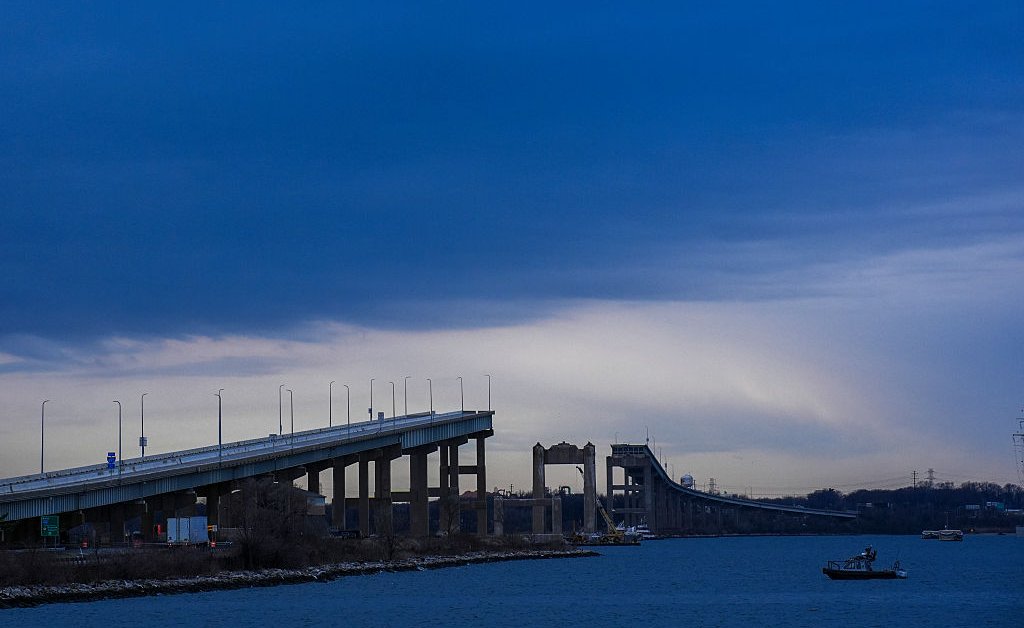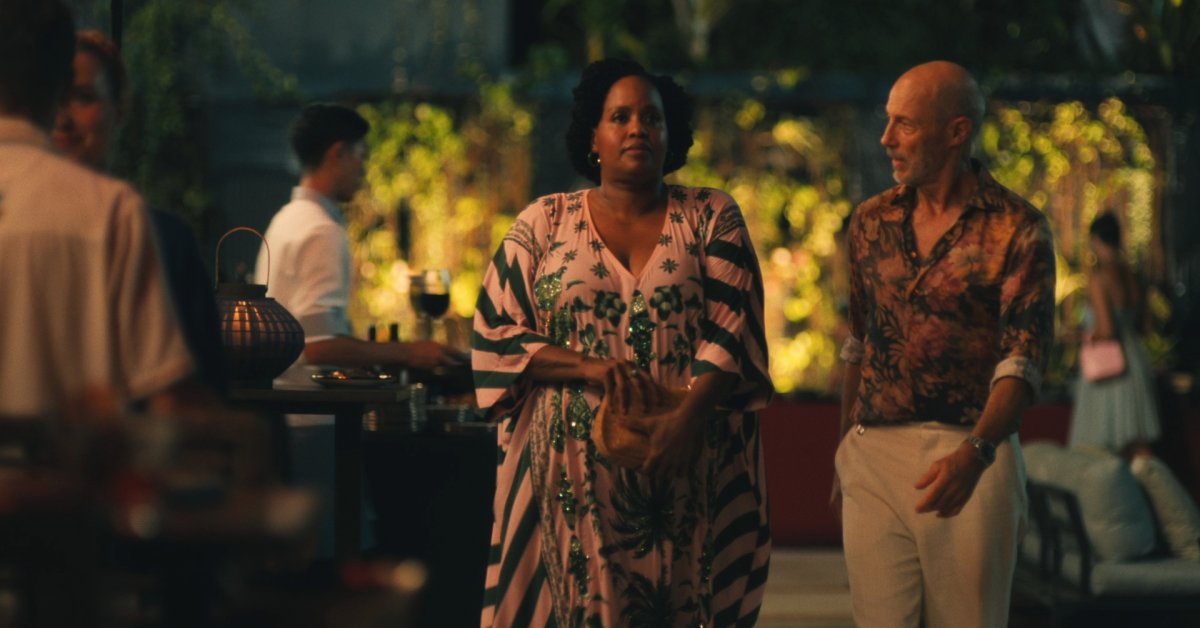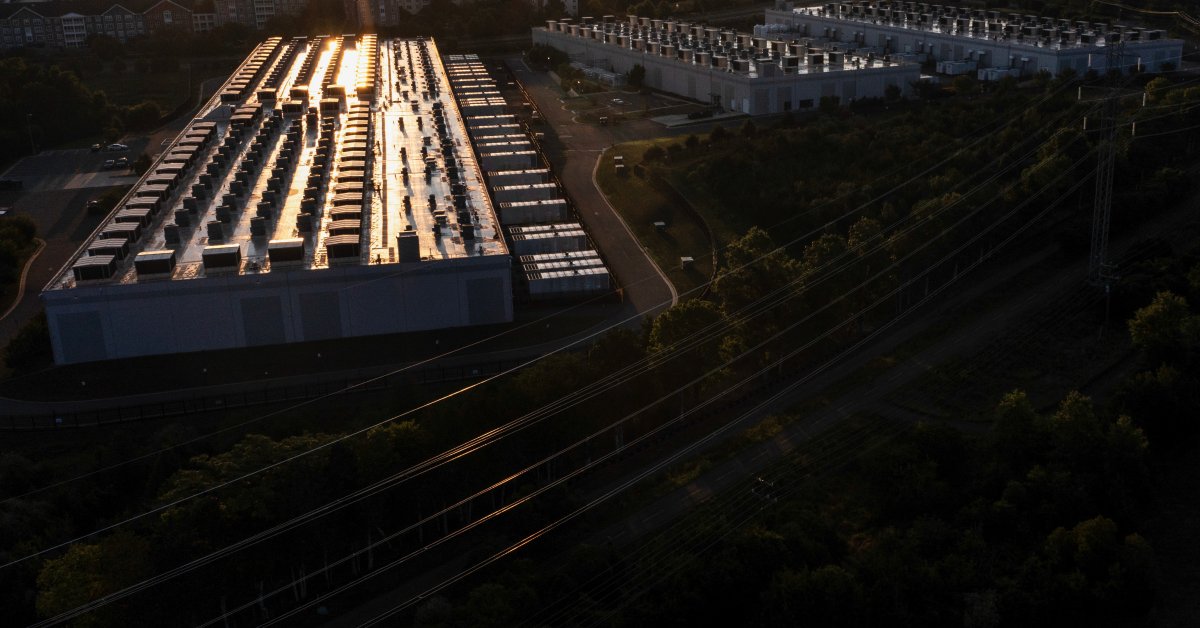The Trump administration is shamelessly (and successfully) attacking civil rights protections under the guise of “DEI.” In response, universities, organizations, and companies are changing their policies to protect themselves from the president. Though seldom talked about, this crusade against DEI will also impact our very neighborhoods, in particular America’s infrastructure.
Passed in 2021, the bipartisan Infrastructure Law represented the largest investment in infrastructure in U.S. history. The law sought to repair our nation’s highways and byways, and to do so in a way that began to address the racial inequality they reinforced.
President Trump paused funding for the law on Day One of his administration for this reason. As his Secretary of Transportation Sean Duffy characterized later, the law “pushed a radical social and environmental agenda on the American people.” Yet President Trump has also called for a massive expansion of highway construction, raising the real danger that, without protections in place, a new wave of infrastructure will repeat old patterns of destruction.
The so-called “agenda” Secretary Duffy spoke of was one that rightly recognized two truths about our nation’s infrastructure: that it was built both to connect us—to family, community, and opportunity—and divide us. This history remains with us today, and we risk repeating it.
Read More: How Trump Is Trying to Undo the Inflation Reduction Act
An instance in South Carolina serves as a prime example. In 2019, nine-year-old Amira Johnson sat at her kitchen table in Sandridge, S.C., and wrote a letter to her state’s transportation department. She was trying to protect something most fourth graders don’t have to worry about: her great-grandmother’s home. It had been in her family for generations, part of a historically Black community founded by formerly enslaved people.
But South Carolina’s plan to build a four-lane roadway, cutting through Sandridge, threatened to erase all of it: Homes, businesses, churches, and histories. “My great-grandma is 79 years old and has no business moving,” Johnson wrote. “If you were me, you would be mad because they are taking away your homes. Be fair for once in your life.”
Despite pleas from Johnson and others in Sandridge, the four-lane roadway is moving forward. And Sandridge is the latest Black community poised to be devastated by America’s approach to transportation.
Virtually every state has its version of this story.
For too long, we have treated transportation as if it exists outside of politics and justice. Highways, roads, and transit routes are more than lines on a map—they are tools of opportunity and weapons of exclusion. They reflect our values, and for decades, they’ve sent a painful message to Black communities: You are disposable.
This story is as old as the interstate system itself. The 1956 Federal-Aid Highway Act, passed just two years after Brown v. Board of Education outlawed segregation in public schools, laid the groundwork for the physical reshaping of American cities. Instead of fulfilling Brown’s promise of racial inclusion and integration, highways became a tool of resistance to civil rights—concrete weapons used to demolish Black neighborhoods and re-segregate cities under the guise of progress. In the mid-1950s, Alfred Johnson, the executive director of the American Association of State Highway Officials, held the view that “the urban Interstates would give them a good opportunity to get rid of the local ‘n—rtown.’”
In Birmingham, Ala., city officials used Interstates 59 and 65 to recreate the racial boundaries first imposed by Jim Crow zoning laws. After courts struck down those zoning ordinances, local leaders—led by notorious segregationist “Bull” Connor—turned to infrastructure to enforce the color line.
In Indianapolis, the creation of the I-65/I-70 Inner Loop displaced 17,000 people—most of them Black—and obliterated 8,000 homes and businesses. Ironically, city officials justified the destruction by pointing to the economic decline that years of redlining had caused. First, they starved Black neighborhoods of investment; then they bulldozed them in the name of “revitalization.”
The damage doesn’t stop with highways. Public transportation, too, has been used to marginalize Black communities. Systems once segregated by local law remain so by brick-and-mortar barriers justified with dog whistles like “public safety.” Bus routes were rerouted or eliminated altogether. Investments favored trains serving white suburbs over buses used by Black and low-income riders. The result: sprawling transportation deserts in Black neighborhoods, where residents are cut off from jobs, healthcare, and education.
Even today, some predominantly white communities lobby against extending public transportation—not because they don’t need it, but because they don’t want certain people to enter their neighborhoods. These choices—past and present—compound racial inequality. They leave people like Johnson’s great-grandmother, who has done everything right—raised her family, cared for her home, contributed to her community—facing displacement with nowhere to go.
The effects of poor transportation policy are not theoretical. They show up in jobless rates, health disparities, educational gaps, and shortened life expectancies.
Now, we’re at a crossroads again. America’s infrastructure is crumbling beneath our feet. From disintegrating highways to crater-filled roads, the need to rebuild is seen everywhere. The collapse of the Key Bridge in Maryland is just one stark and tragic example. Not to mention, funding for a law meant to repair it has been put on pause, along with provisions that require state transportation agencies to consider racial equity in their planning decisions.
As we rebuild our infrastructure, we must reorient our thinking. We can choose to continue down a road that sacrifices Black communities and other communities of color in the name of efficiency. Or we can use this opportunity to do something better. That means repairing the harm done to communities like Sandridge by stopping destructive projects from happening in the first place and reinvesting in what was taken—affordable housing, public transit, walkable streets, and meaningful access to jobs, schools, and services.
It means realizing that racial justice and transportation planning are not separate issues.
Amira Johnson understood this, even at nine years old, and wanted to solve the problem. The Trump Administration understands this too, but they don’t want to solve the problem. They could not care less if a new highway flattens another Black neighborhood. The rest of us must care enough to stop them.








